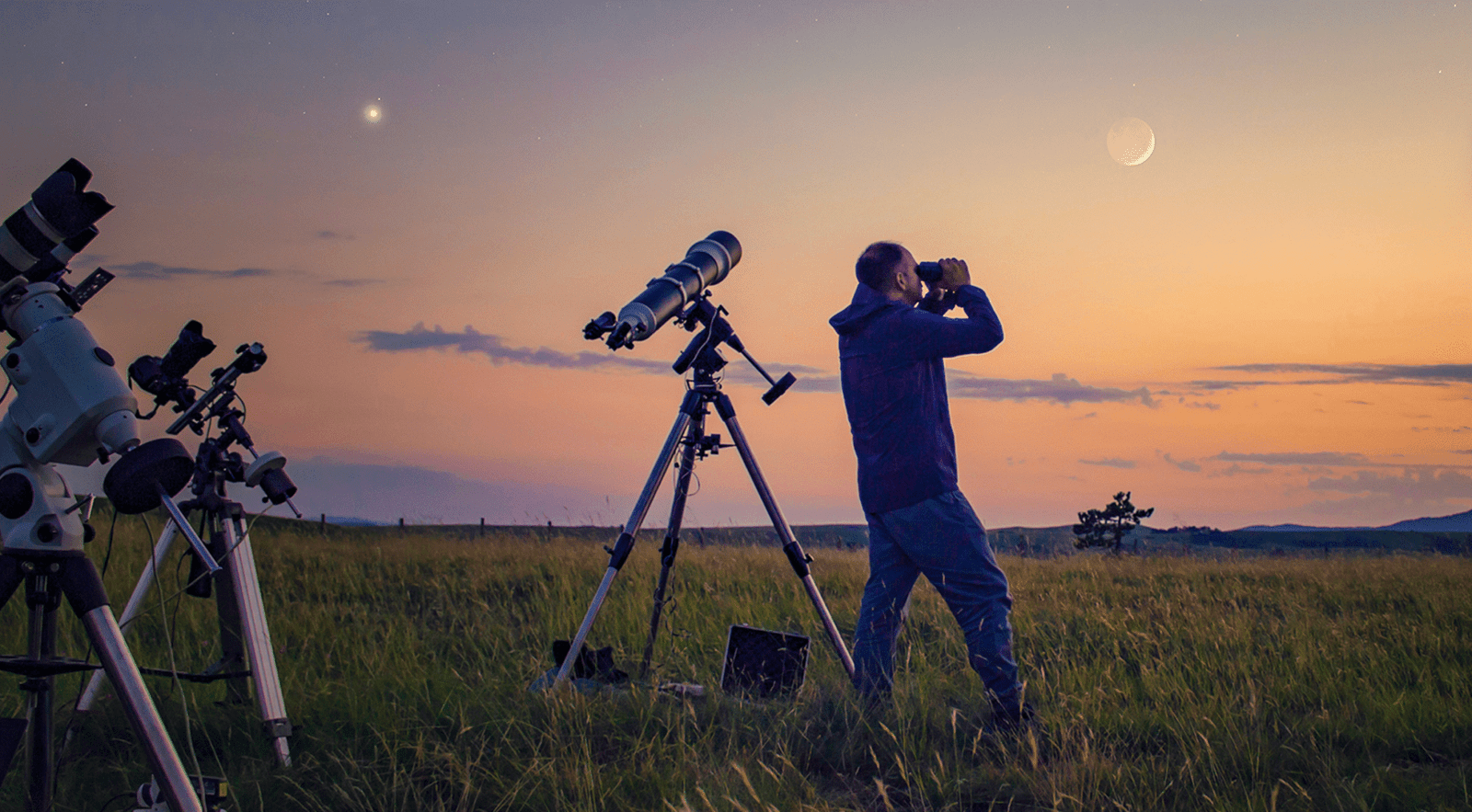If you decide to explore universe wonders and engage in stargazing activities then Melbourne serves perfectly for your astronomical exploration needs. Australia’s city of Melbourne sits in its southern part where it attracts both urban explorers and nature seekers to view spectacles of the celestial sky. The essential step for both beginners and experts who observe the night sky in Melbourne’s cosmopolitan city requires them to seek the right telescope at a telescope store in order to enhance their stargazing experiences. This article equips you with basic telescope-buying know-how as well as teaches the necessary information to select the right stargazing equipment when shopping for telescopes in Melbourne.
Determining both your purpose along with your current expertise is vital for buying a telescope.
Making an informed purchase through telescope shops depends on your existing abilities and the objectives for telescope use. Your exploration of lunar and planetary objects is at its beginning phase. You stand as both an amateur and an accomplished astronomer dedicated to distant galaxies observation. Your clear objectives will enable you to select the proper telescope with ideal specifications among the available options.
Types of Telescopes
The telescope world consists mainly of three types that include refractors and reflectors and compound telescopes. With lenses refractors both gather light to produce clear images. The use of mirrors in Reflectors make these instruments less expensive and optimal for deep space observation purposes. Telescope users benefit from compound telescopes because their construction unites both reflective mirror elements and refractive lens systems to create portable viewing instruments. To select the proper telescope for your observational needs it helps to understand both the benefits and drawbacks of every type.
Aperture Size and Light Gathering Power
The diameter or size of a telescope aperture allows it to collect and gather more light. The telescope gains brightness and details in its views by virtue of its enlarged aperture. The observation of planets and moon works best with telescopes of 70 to 80mm aperture. Users at an intermediate level or above often choose apertures greater than 100mm that let them explore deep-space objects.
Mounts and Stands
The success of observational tasks depends heavily on using an absolutely stable foundation for the equipment. The tracking system of equatorial mounts serves astronomical purposes because they track celestial movements effectively while becoming useful for astrophotography. The Altazimuth mount provides beginner astronomers with straightforward operation and makes it an excellent choice for novices. Stability and weight capacity alongside motorised functionalities of the mount need evaluation that lines up with your observing purposes.
Portability and Storage
You must assess the telescope’s transportation attributes when planning to utilize it at different locations. The translational mobility of telescopes with smaller sizes and lightweight materials makes them easier to move although large telescopes require vigorous transportation. Remember to consider sufficient storage space because it determines the security of your telescope during times of non-use.
Accessories and Eyepieces
A telescope viewing experience greatly depends on the use of available accessories in combination with eyepieces. Different focal length eyepieces in a quality set provide users with control over magnification power as well as viewing field area adjustments. Through Barlow lenses telescope users gain up to three times their existing magnification whereas filters let them improve details or minimize nighttime interference caused by light. The selection of your telescope depends on whether you need to consider available accessories which work together properly.
Conclusion
Your selection of a Melbourne-based telescope shop determines the vital progress of your astronomical exploration regardless of your experience level. Your telescope selection will succeed by following the guidelines to determine the equipment that fits your knowledge level and observation preferences. Your suitable gear combined with a sense of exploration will open pathways to observe cosmic objects while solving space puzzle and seeing their breathtaking beauty. Happy stargazing!



